The simplest and most practical high and low pitch lifting circuit
Time:2023-04-24
Views:1067
As friends in the audio industry know, excellent sound perception requires repeated adjustments to the speaker and cavity. Without the bass, it‘s like without the soul, the sound is fleeting. Without treble, there is no volume, and even with high power, there is always a feeling of insufficient loudness in the auditory system. And the lack of a mid tone can make the voice opaque and the vocals mixed. As the saying goes, "Those who shake their heads outside the door in need, those who are bitter and evil in the door in need.
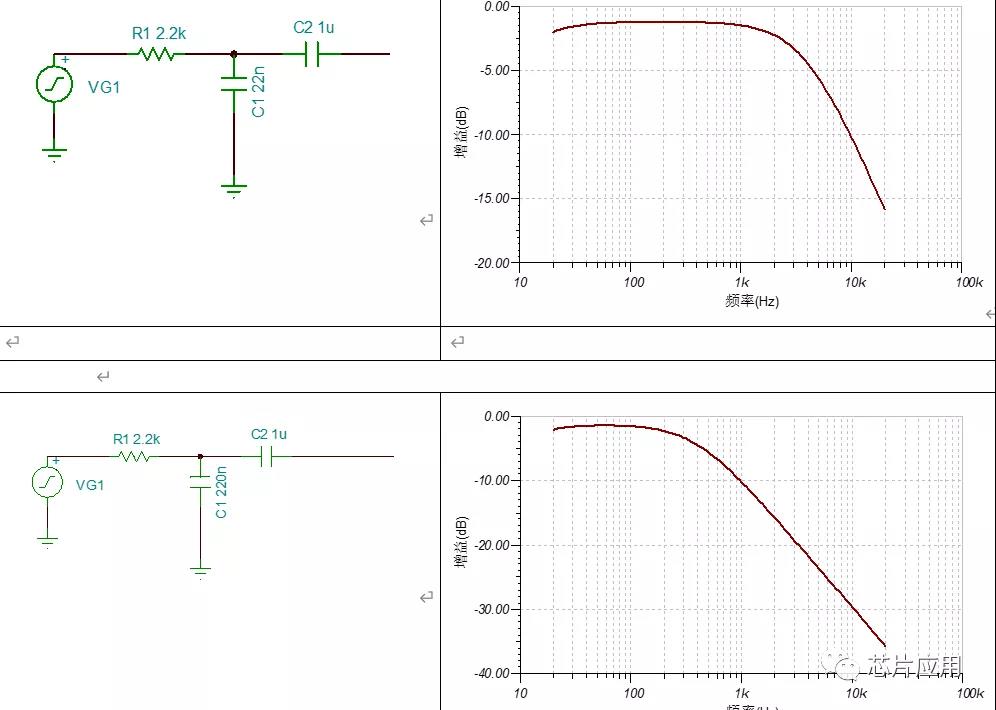
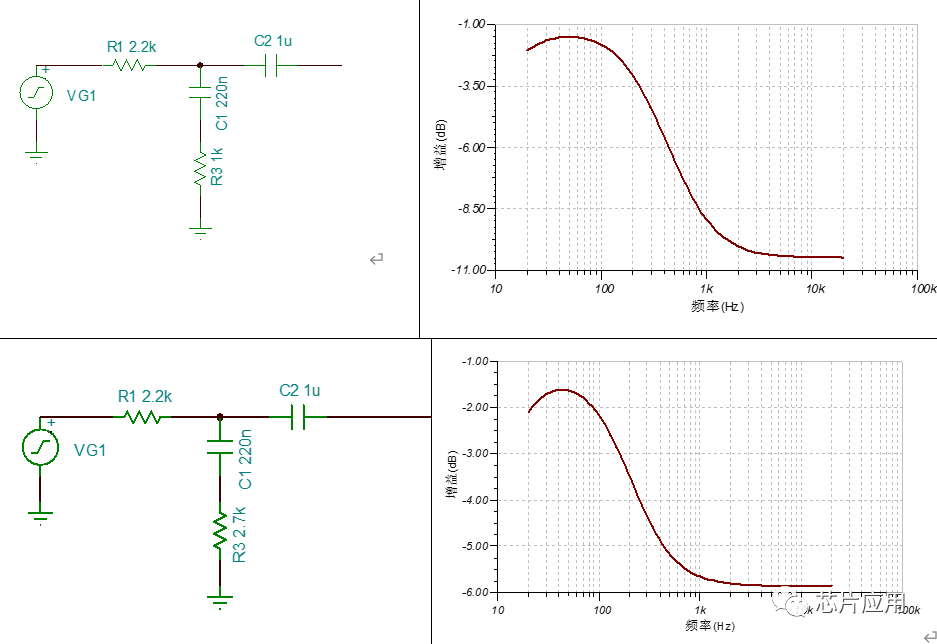

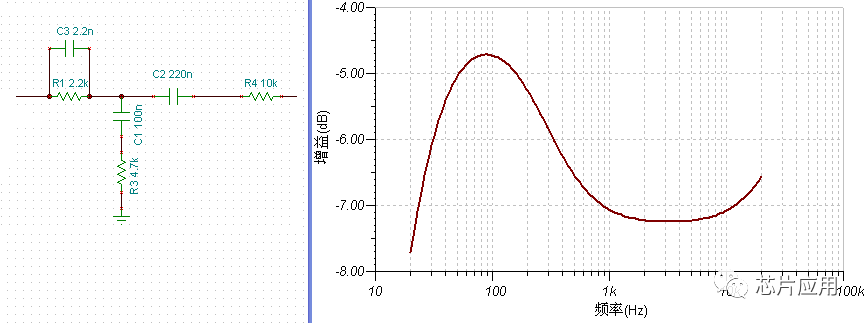
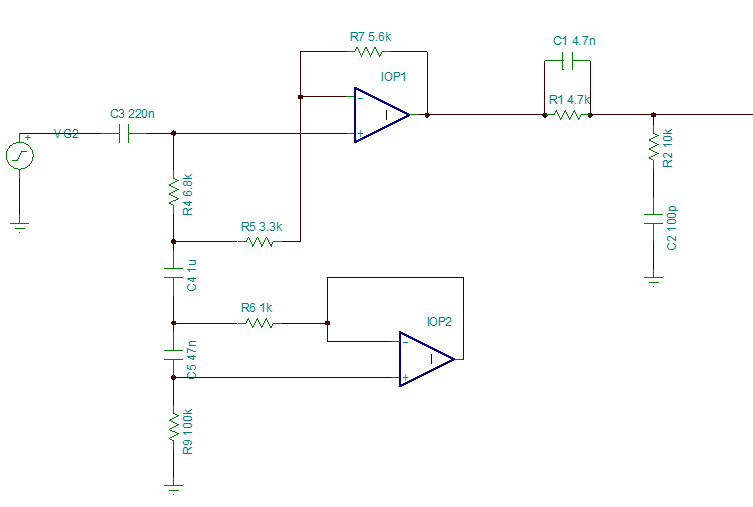
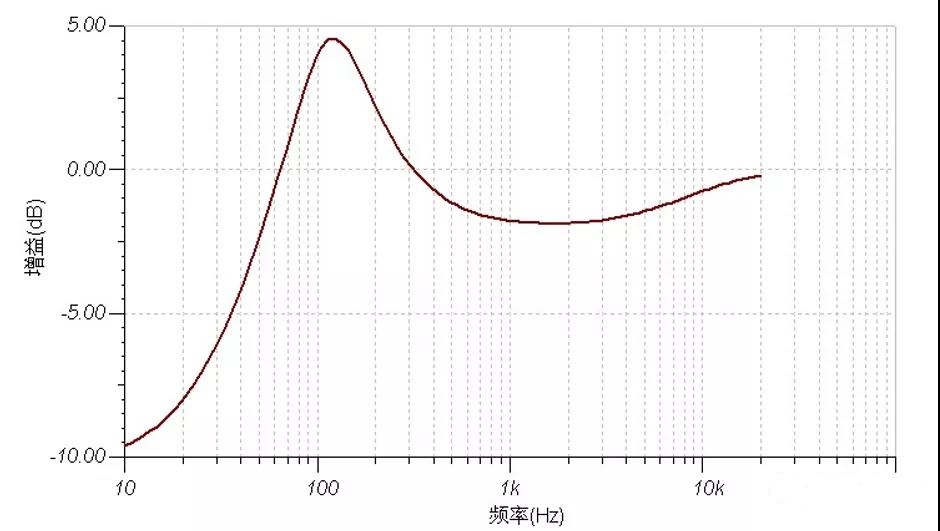
The use of DSP and other means for tuning is becoming increasingly refined, but there are still many applications that are limited by cost, cavity, structure, etc. The tuning circuit requires simplicity. Here are some of the simplest and most practical high and low frequency circuits.
(1) Simple RC bass circuit
This set of circuits is the simplest low-pass, with the disadvantage of fast attenuation at mid to high frequencies. Therefore, some optimizations can be made as follows:

In order to fully demonstrate the frequency response curve in the above examples, some parameters are not reasonable in practice. For example, the low frequency often does not increase significantly, so as to avoid the speaker being unable to produce low sound and only being turbid without low sound. The optimization can be as follows:

(2) The simplest treble RC circuit

(3) Operational amplifier+RC
If simple RC filtering cannot meet the tuning requirements, an operational amplifier can be considered.

The rendering is as follows:

The above introduces some small circuits and hopes that interested friends can also provide some commonly used tuning methods for everyone to share.
|
Disclaimer: This article is transferred from other platforms and does not represent the views and positions of this site. If there is any infringement or objection, please contact us to delete it. thank you! |











